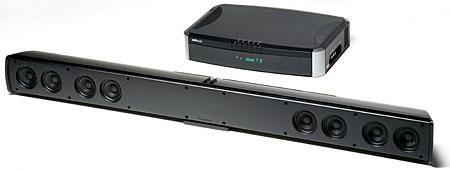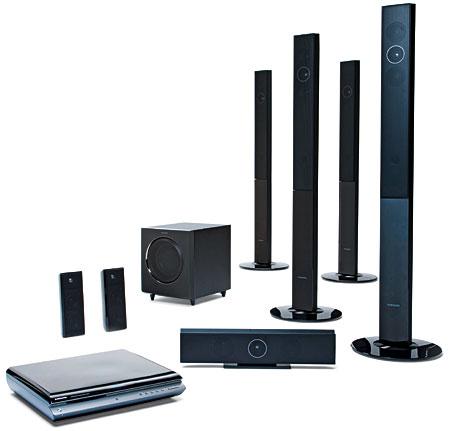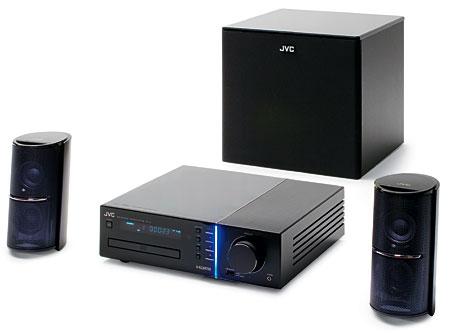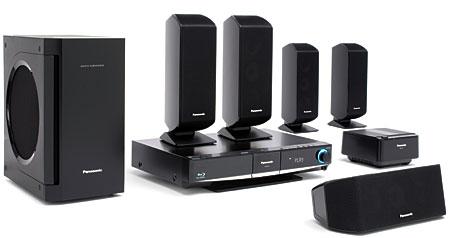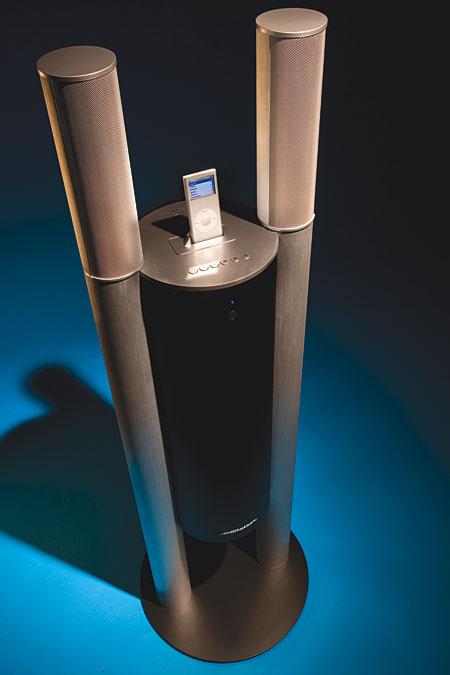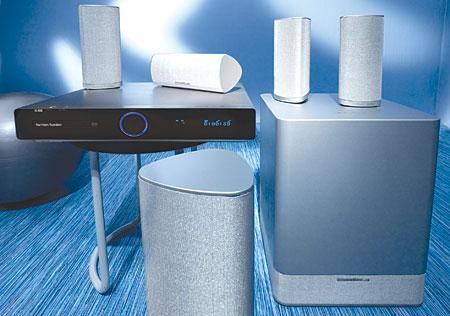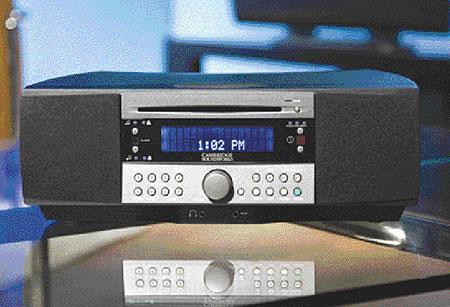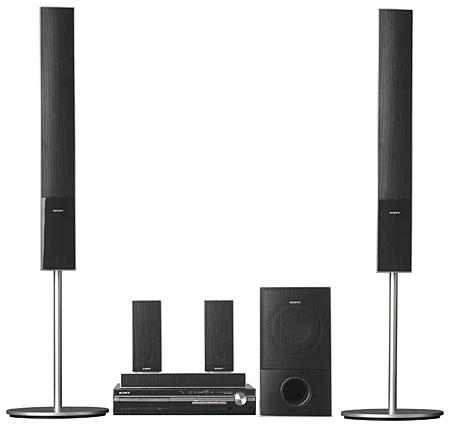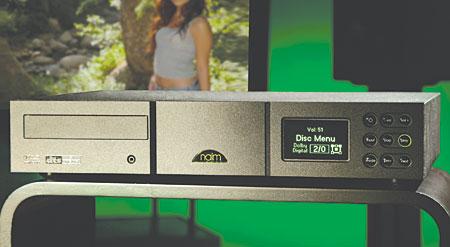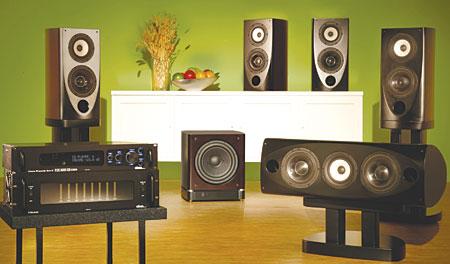|
Jan 12, 2009
|
Jul 27, 2008
|
Mar 21, 2008
|
Dec 03, 2007
|
Nov 15, 2007
|
Sep 10, 2007 |
First Published: Aug 10, 2007
|
Jun 05, 2007 |
First Published: Jun 06, 2007
|
May 03, 2007
|
May 20, 2007 |
First Published: Apr 20, 2007

 Price: $1,099 At A Glance: THX Loudness Plus enhances sonic impact at low volumes • Audyssey 2EQ offers better than average auto setup and EQ • Faroudja DCDi video processing
Price: $1,099 At A Glance: THX Loudness Plus enhances sonic impact at low volumes • Audyssey 2EQ offers better than average auto setup and EQ • Faroudja DCDi video processing
